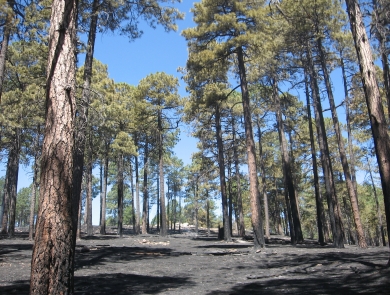Fire is a natural and essential component of many ecosystems. When managed properly, it serves as an effective tool for maintaining and restoring ecological balance. By integrating fire into land management practices, we’re supporting biodiversity and sustaining resilient ecosystems for wildlife and people.
What We Do
Our Services
Approximately 55 percent (50 million acres) of U.S. Fish and Wildlife Service lands—including marshes, forests, and prairies—have evolved with fire and benefit from periodic fire to maintain their health and productivity. Low intensity fire, like prescribed fire, help to prevent the buildup of combustible materials, which in turn reduces wildfire risk to communities, and promotes the growth of native vegetation, and enhance habitats for wildlife.
Nationally, across Service lands:
- 370,000 acres burn in wildfires annually (10-year average)
- 342,845 acres are treated with prescribed fire annually (10-year average)
- 498 FWS fire management professionals
- Fire-adapted vegetation supports habitat for key species, including threatened and endangered species






